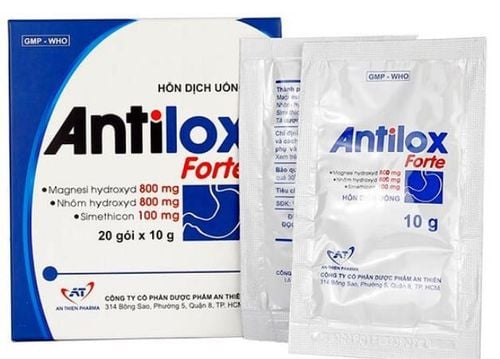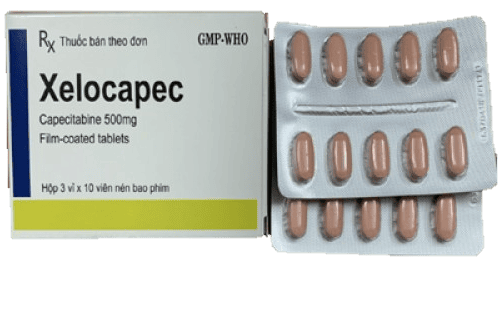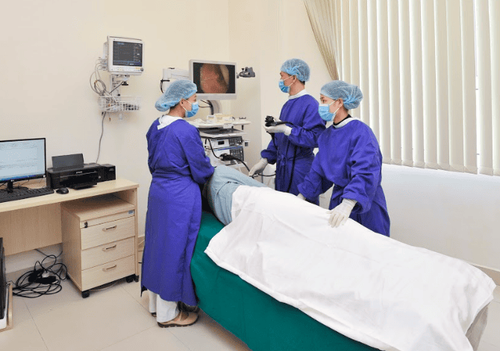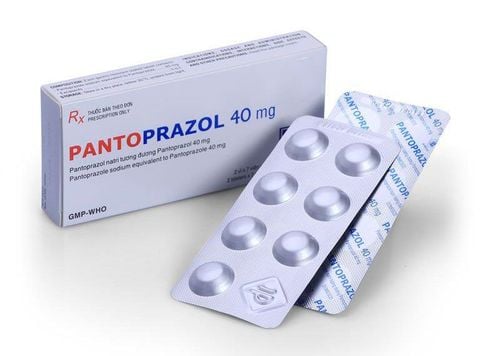This is an automatically translated article.
The article is professionally consulted by doctors of the Department of Examination & Internal Medicine - Vinmec Phu Quoc International General HospitalCancer screening is the key to detecting, preventing and providing effective cancer treatment. In the article below, readers will learn about the role of gastrointestinal endoscopy in cancer screening.
1. What is gastrointestinal endoscopy?
Gastrointestinal endoscopy is the common name for the method of endoscopy of the stomach - duodenum - colon - rectum. This is one of the most modern methods available to help accurately and easily diagnose diseases related to the digestive tract. In particular, gastrointestinal endoscopy also helps in early detection of dangerous diseases related to the digestive system such as: rectal cancer, stomach cancer, duodenal cancer ...Usually, the endoscopic process Digestion will take 10-15 minutes. For some special cases, the doctor will have to take a cell sample to test for HP to help diagnose cancer early. At that time, the gastrointestinal endoscopy time may be longer.
To perform gastrointestinal endoscopy, the doctor will use a thin endoscope with a camera and light attached. The endoscope will be inserted from the nose or mouth to see the upper digestive system including: stomach, esophagus, duodenum (first part of small intestine).
In addition, gastrointestinal endoscopy also helps the doctor to closely observe the lining of the esophagus and stomach and detect very small lesions. If an abnormality is noticed, the doctor may perform a biopsy to determine if cancerous cells are present.
2. The most popular gastrointestinal endoscopy methods today
Cancer screening will help patients detect potential risks early so that they can have the most effective treatment plan. In particular, gastrointestinal endoscopy is an effective method to help diagnose cancer early. Currently, gastrointestinal endoscopy includes 2 basic methods:2.1. Normal gastrointestinal endoscopy
For this procedure, the endoscope is inserted either from the nose/throat (upper gastrointestinal endoscopy) or through the anus (lower gastrointestinal endoscopy). Gastrointestinal endoscopy is usually applied to patients who are fully awake.Patients usually will not be anaesthetized or only have local anesthesia, so they will feel pain and discomfort. This is also an obsession that makes many patients not dare to do it again.
2.2. Gastrointestinal endoscopy painless
To perform a painless endoscopy, the doctor will insert the endoscope through the nasopharynx or anus when the patient is sedated. The anesthetic process is usually short, so the patient can wake up immediately after the end of the endoscopy procedure.With these advantages, the patient will have a very gentle, comfortable psychology even without any discomfort during the examination.
3. Notes when performing gastrointestinal endoscopy
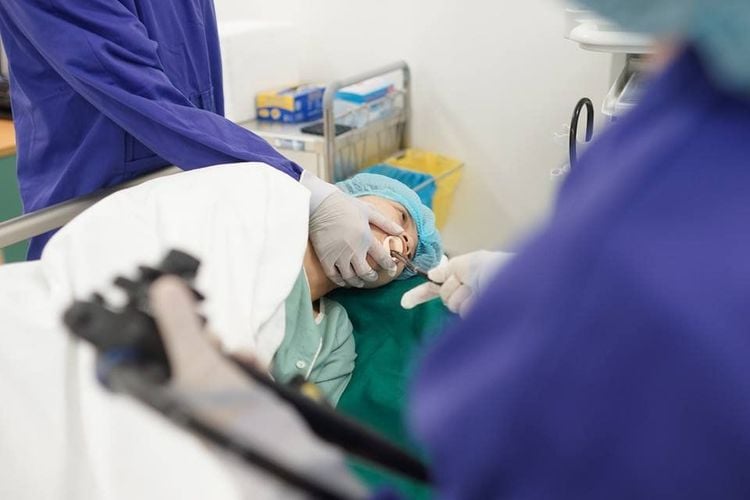
Nội soi tiêu hóa được coi là phương pháp hiệu quả nhất để chẩn đoán và hỗ trợ điều trị sớm các bệnh về đường tiêu hóa nguy hiểm như ung thư dạ dày, đại trực tràng
Patients should not be too worried because the biopsy is almost no discomfort or pain.
Before performing gastrointestinal endoscopy, the patient also needs to do some of the following notes:
Need to carefully prepare, clean all the stool in the colon so that the doctor can observe during colonoscopy. A few days before the colonoscopy, the patient should avoid eating green vegetables or foods high in fiber. You should fast for at least 8 hours before your colonoscopy. It is necessary to inform the doctor about the history of drug allergies, diseases or medications being treated. You need to fast for at least 2 hours and fast for at least 6 hours before the endoscopy. Do not spit, eat or drink for at least 30 minutes after gastrointestinal endoscopy. In order for the gastrointestinal endoscopy process to go smoothly, to limit unpleasant symptoms, you should prepare psychologically and follow the instructions of the medical staff.
4. The role of gastrointestinal endoscopy in early cancer diagnosis
Currently, gastrointestinal endoscopy is a method to help doctors effectively diagnose diseases in: the upper part of the digestive tract (stomach, esophagus, duodenum), the lower part of the digestive tract (rectum, colon). colon, anus).Especially, cancer is one of the most common diseases today. If cancer is detected and treated early, it will be more effective.
Specifically, gastrointestinal endoscopy helps detect colon cancer through polyp screening because the rate of colon cancer due to developing from polyps accounts for 80-90%. Here are some benefits of bronchoscopy for early cancer diagnosis that you cannot ignore:
Helps prolong life after treatment. In fact, there have been many cases of people after cancer treatment still achieve the same life expectancy as normal people. Simple treatment method, shorten hospital stay. Avoid dangerous complications. Save on treatment costs.
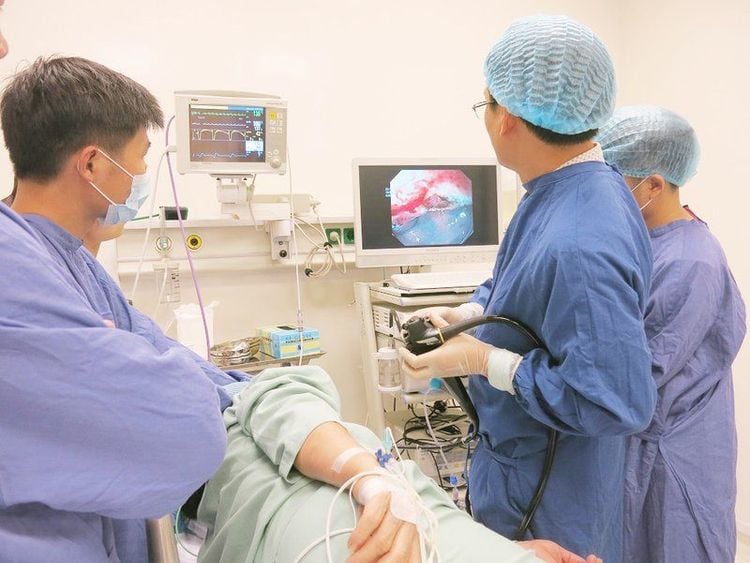
Nội soi tiêu hóa là phương pháp giúp các bác sĩ chẩn đoán hiệu quả các bệnh lý tiêu hóa
Please dial HOTLINE for more information or register for an appointment HERE. Download MyVinmec app to make appointments faster and to manage your bookings easily.




